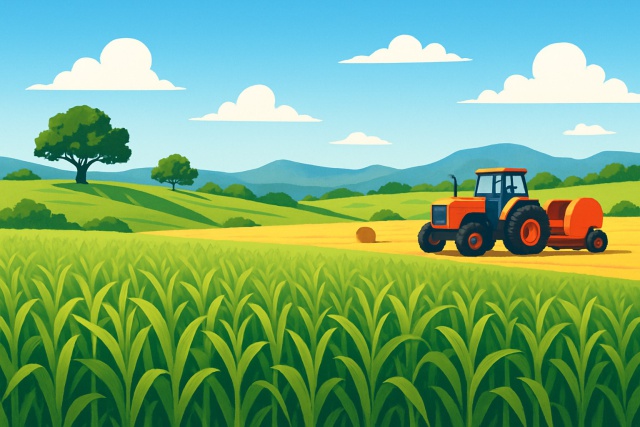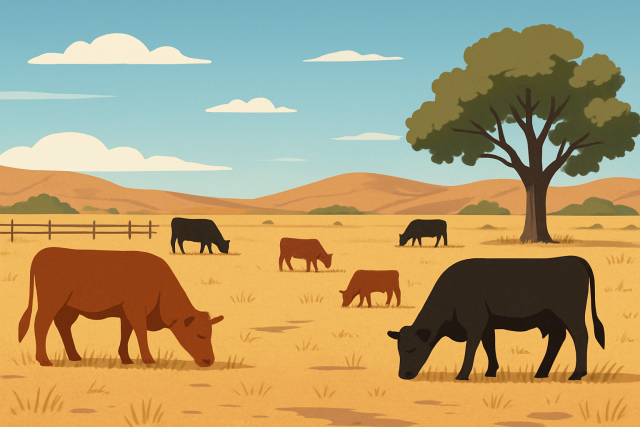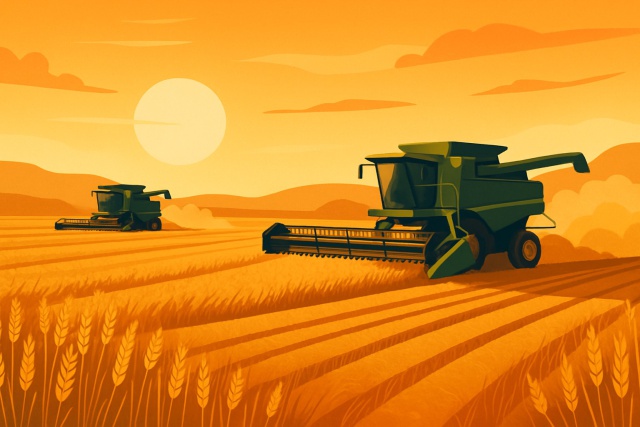How Conservation Helped The Last Wild Buffalo Herd In Texas Survive
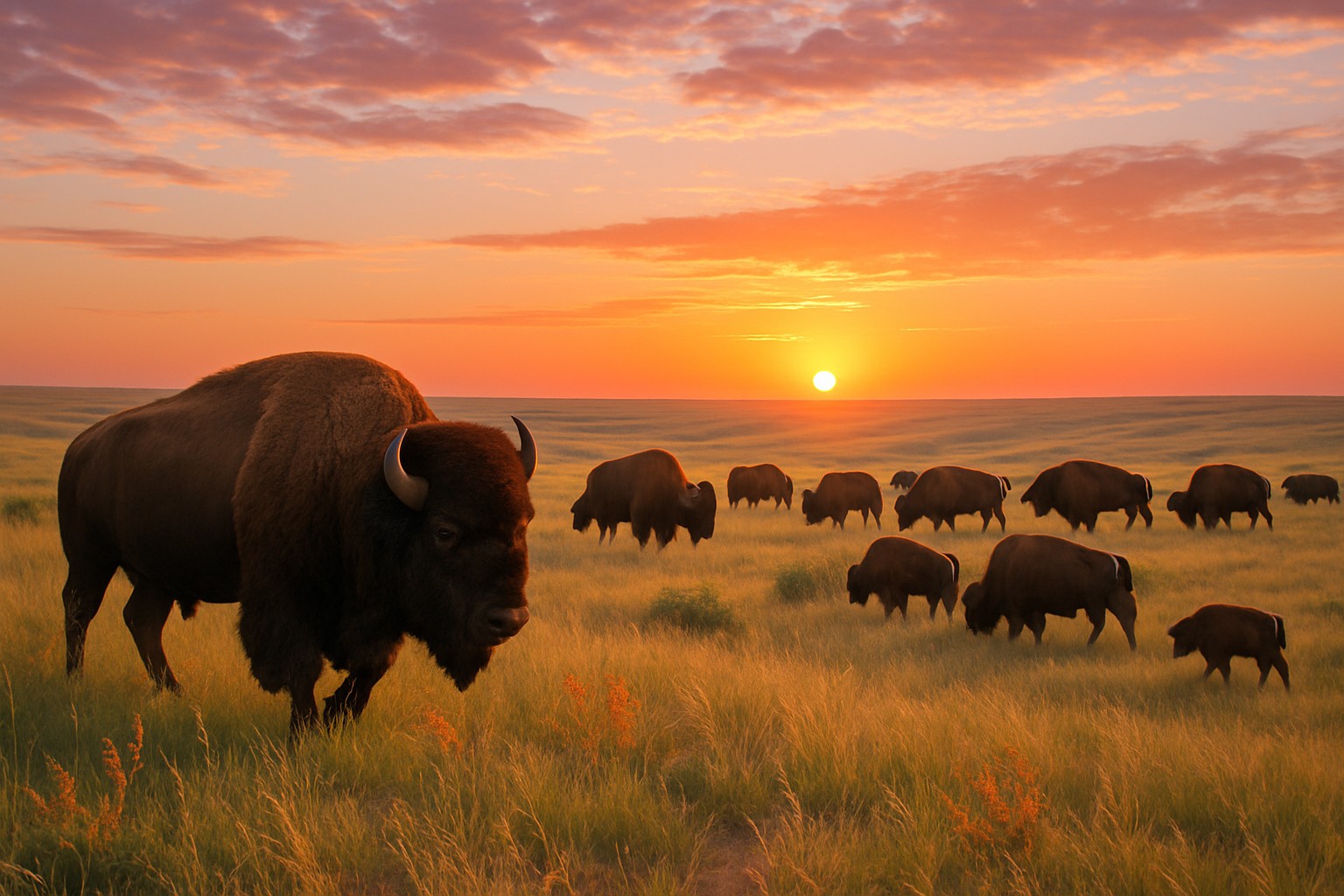
The last wild buffalo herd in Texas stands as a striking testament to resilience and focused conservation efforts. Once roaming in the tens of millions across North America, wild buffalo—better known as American bison—were integral to prairie ecosystems and deeply woven into Native American cultures. Sadly, unregulated hunting and drastic land changes caused their numbers to nosedive by the late 1800s. This article follows the fascinating journey of Texas's final wild buffalo herd and highlights the vital conservation moves that pulled them back from extinction.
Getting to Know the Buffalo A Closer Look at Its Biology and Remarkable Historical Journey
Buffalo, more accurately called American bison, are hefty plant-eaters roaming the vast North American plains. These gentle giants can tip the scales at over 2,000 pounds and are perfectly built for munching on grasses and sedges. Buffalo weren’t just part of the scenery—they shaped the Great Plains ecosystem and were essential to Native American tribes because they supplied food, clothing and materials for shelter. Early settlers quickly recognized their value but sadly, as demand soared, widespread hunting took its toll.
The Slow Fade of Buffalo Herds in Texas A Closer Look
Buffalo numbers in Texas and all over North America took a nosedive in the 19th century. Unchecked hunting for their hides and meat ran rampant while waves of farmland spread out and chopped up their natural habitat. If that wasn’t enough, cattle and other livestock muscled in and competed for grazing spots, bringing diseases that wild buffalo weren’t ready for.
- Overhunting in the 19th century dealt a heavy blow to buffalo numbers and drove them dangerously close to extinction.
- As farmland steadily crept across the plains, important grazing lands became fragmented and broke up what was once vast uninterrupted habitat.
- The introduction of domestic cattle into these areas didn’t make life easier and sparked competition for the limited forage available.
- Disease outbreaks like brucellosis frequently jumped from livestock herds to buffalo and added another tough hurdle for these animals.
- Government policies actively pushed for buffalo eradication as a blunt tool to weaken Native American communities.
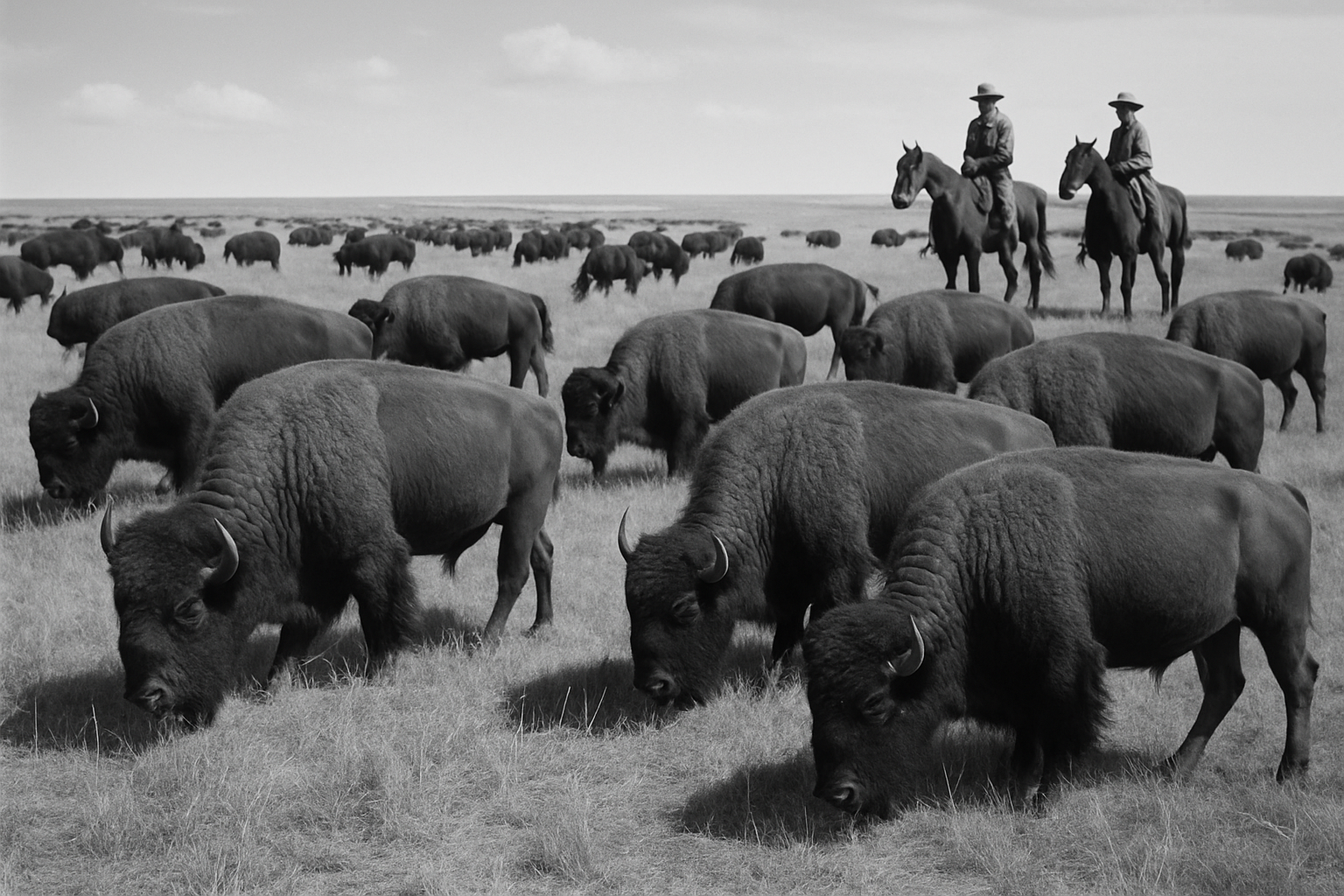
Historical photograph showing a dwindling buffalo herd on the Texas plains during the late 1800s.
Conservation Beginnings The Early Efforts to Save the Last Wild Buffalo Herd in Texas
Faced with the heartbreaking loss early 20th-century conservationists and ranchers rolled up their sleeves and started to take serious action to protect the few wild buffalo still roaming Texas. They understood all too well that without a helping hand these majestic creatures would vanish from the region altogether. Dedicated groups sprang up focusing on wildlife preservation and setting up protected zones while keeping a watchful eye on the health of the remaining herds. Their work wasn’t just talk—they bought land to create buffalo sanctuaries and launched breeding programs aimed at giving the population a much-needed boost.
"Saving the last wild buffalo herd in Texas was about a lot more than just ticking an ecological box—it was like breathing life back into a vital chapter of our nation's natural story." — Dr. Karen Phillips, Wildlife Conservationist
Modern Conservation Approaches That Have Played a Real Role in Securing Survival
Efforts to conserve the last wild buffalo herd in Texas today lean on a blend of science-backed strategies and community spirit. This means restoring native prairie habitats and carefully managing breeding to maintain the herd's genetic health. It also involves cracking down on poaching and teaming up with local communities and Native American tribes to promote responsible stewardship. Thanks to these efforts the herd has not only stabilized but is thriving.
Set up protected reserves where buffalo can roam freely without the usual human hustle and bustle.
Conduct thorough scientific health checkups to monitor their nutrition, breeding success and any diseases that might appear.
Put strong legal protections in place with vigilant anti-poaching patrols to keep the herd safe.
Promote public education and ecotourism to spread the word and drum up support and funding for conservation.
Collaborate closely with Native American tribes who bring invaluable cultural connections and traditional wisdom for caring for buffalo.
Each strategy plays its part in building a robust conservation framework that really holds water. Protected areas like Caprock Canyons State Park have done wonders by expanding safe habitats where the buffalo can roam without a care. Ongoing scientific monitoring often catches health hiccups early on and is key to keeping genetic diversity in check. Legal protections step in to curb illegal hunting, backed up by dedicated patrols out on the ground—kind of like buffalo bodyguards. Public education programs go beyond dry facts, offering guided tours and hands-on exhibits that draw people into the buffalo's story in a way that sticks. Partnering with tribes not only fosters respect for cultural traditions but also brings indigenous conservation wisdom to the table.
The Ecological Importance of Protecting Texas's Last Wild Buffalo Herd
It’s not just about preserving a piece of history; safeguarding Texas’s last wild buffalo herd means maintaining a vibrant thread in the delicate tapestry of the state’s ecosystem. These iconic creatures do more than roam the plains—they play a important role in shaping the land, encouraging biodiversity, and even supporting other species in ways that might surprise you. Protecting them helps keep nature’s balance intact, a responsibility that feels both urgent and deeply rewarding.
The survival of the last wild buffalo herd feels like nature’s way of hitting the replay button on some vital ecological roles, especially natural grazing. This little miracle does a lot of heavy lifting. It helps keep prairie biodiversity in check, gives soil health a good kickstart and lends a hand to all wildlife species that count on lush thriving grasslands to make a living.
| Ecosystem Metric | Before Buffalo Conservation | After Buffalo Conservation |
|---|---|---|
| Plant Species Diversity | Roughly 40 species per hectare, nothing to write home about | Jumped up to around 68 species per hectare, quite the boost |
| Soil Quality (Organic Matter) | Pretty low at just 2.5%, kinda sad really | Improved to a decent 4.1%, showing some real promise |
| Presence of Grazing-dependent Birds | Barely spotted, like a rare sighting | Now regularly seen, bringing more life to the area |
| Native Pollinators Abundance | Taking a noticeable nosedive | Making a comeback, which is always a good sign |
| Invasive Plant Coverage | Hanging around at a worrying 30% | Dropped significantly to 12%, much better news |
Challenges and Threats the Herd Still Faces Today and Why They’re Far From Over
Even with some encouraging progress the last wild buffalo herd in Texas still faces challenges that could threaten its long-term survival. The herd's limited genetic diversity stirs concerns about inbreeding and vulnerability to disease. Climate change causes more frequent droughts and wild weather swings. This puts extra strain on the buffalo and the grassland ecosystems they call home. Meanwhile development keeps creeping closer and nibbling away at their habitat. The risk of diseases spreading from nearby livestock adds another layer of worry.
- The current herd is working with a pretty tight gene pool, which naturally increases the risk of genetic disorders. It is like playing the same tune over and over while hoping for a new hit.
- Droughts and shifting weather patterns often disrupt reliable food and water sources, making life tougher than usual.
- As cities expand outward and farms grow, their natural habitat keeps shrinking. It is like watching your favorite hangout spot being taken over one patch at a time.
- Diseases passed from domestic cattle are a serious concern because they threaten buffalo health.
- Conservation programs are often strapped for cash, which sadly limits how much good they can truly accomplish.
Ways Communities and Individuals Can Pitch In for Buffalo Conservation
Individuals and communities truly are the backbone of keeping conservation efforts alive and kicking, especially for treasures like the last wild buffalo herd in Texas. You can genuinely make a difference by helping local groups dedicated to protecting buffalo or by volunteering for habitat restoration projects. Standing behind policies that safeguard prairie ecosystems also helps. Visiting these areas through responsible ecotourism shines a light on their importance and provides much-needed financial support.
- Support nonprofits dedicated to conserving buffalo and restoring those beautiful prairie habitats.
- Roll up your sleeves and volunteer for local efforts like habitat cleanups and planting native species because every little bit counts.
- Get involved with community education programs that explain how key buffalo are to the ecosystem and why they need our attention.
- Visit wildlife preserves responsibly. Not only will you connect with nature, but your trip also supports important conservation work through ecotourism.
- Champion sustainable land management and speak up for laws that protect these precious ecosystems before it’s too late.


